Water Injection Permitting Services
Well Permitting
Every well within the United States, and most globally, requires a permit to drill, recomplete, or be utilized for injection, storage, or disposal purposes. Regulatory requirements vary by jurisdiction and often require a team to successfully navigate the permitting process. Drilling and recompletion permits are straightforward and typically require fewer attachments; however, underground injection, disposal, and storage wells (e.g., wastewater disposal, carbon capture and storage [CCS], water injection, etc.) demand more documentation due to the associated risks. These Underground Injection Control (UIC) wells often necessitate geological, earthquake, engineering, and archaeological investigations to meet compliance.
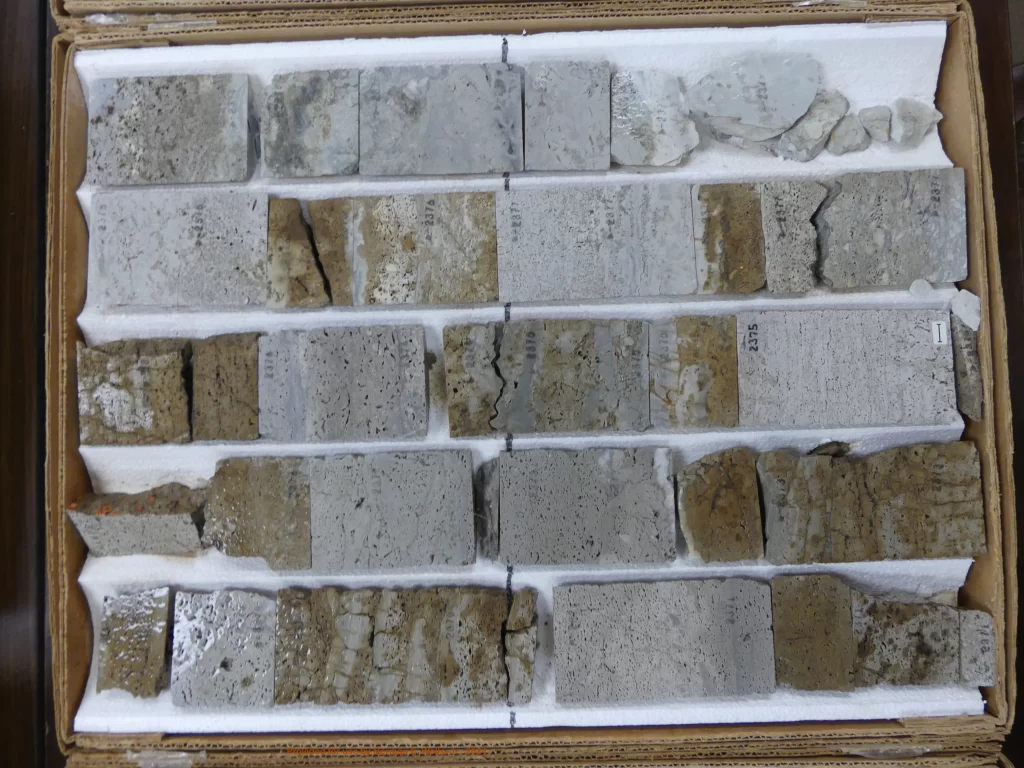
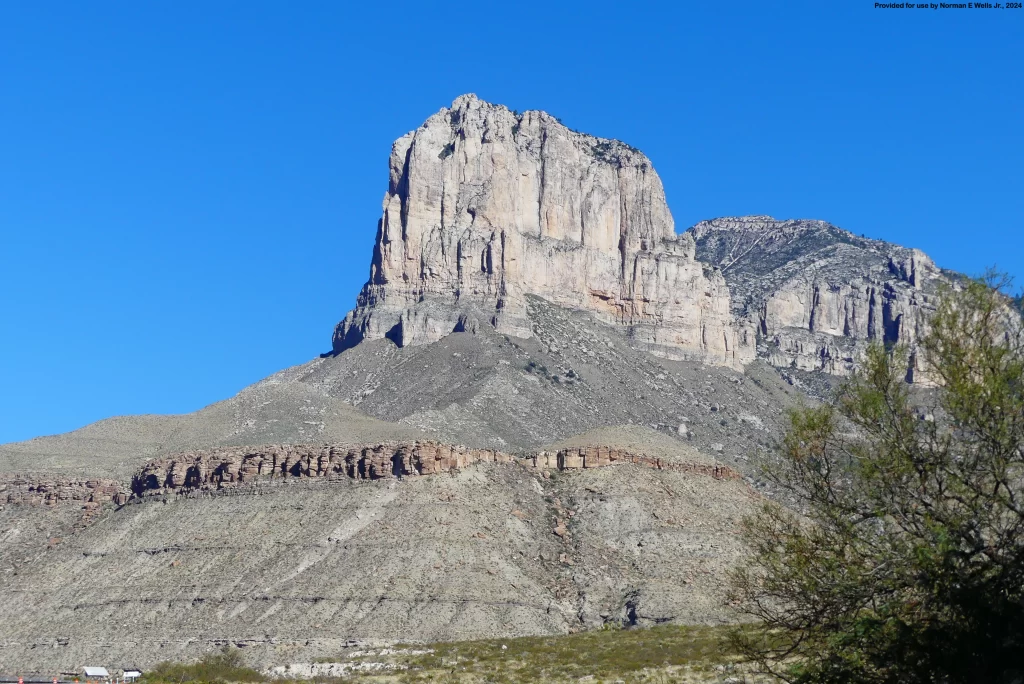
Geological Services Provided:
- Petrophysical interpretation of electric well logs and well log correlation.
- Picking and correlating formation tops and creating formation structure maps.
- Generating geological maps and cross-sections, including structural cross-sections.
- Conducting historical seismicity investigations and analyzing historic seismic events.
- Injection and seismic monitoring services after operations commence.
Engineering Services Provided:
- Reviewing and recommending casing design and cementing requirements.
- Conducting bottom hole pressure tests and other pressure tests to meet regulatory standards.
- Performing geotechnical analysis of the injection zone.
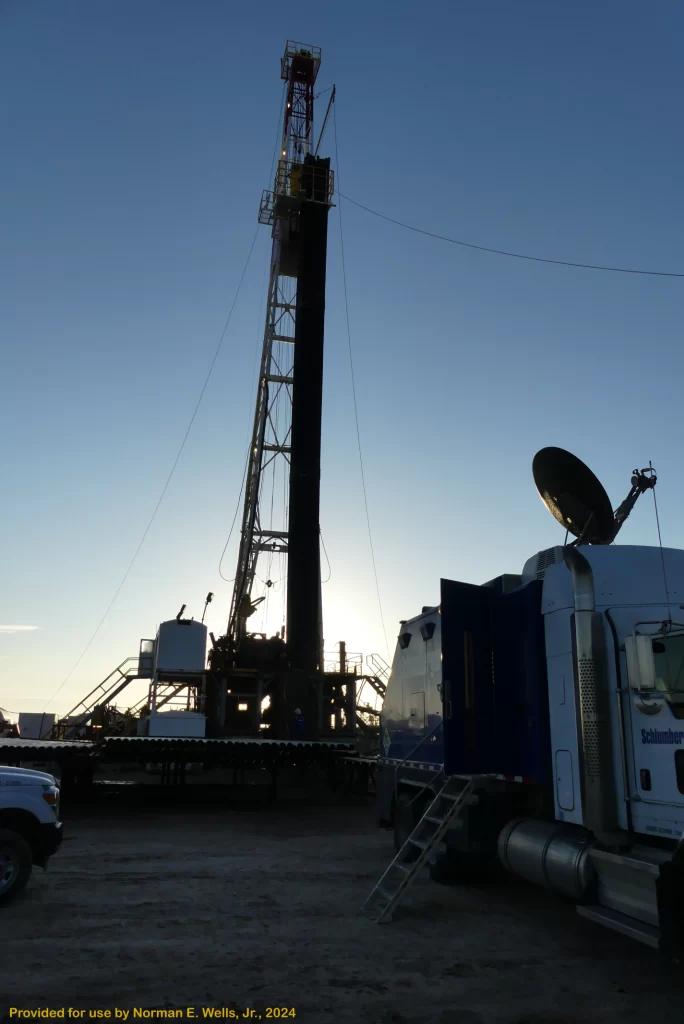
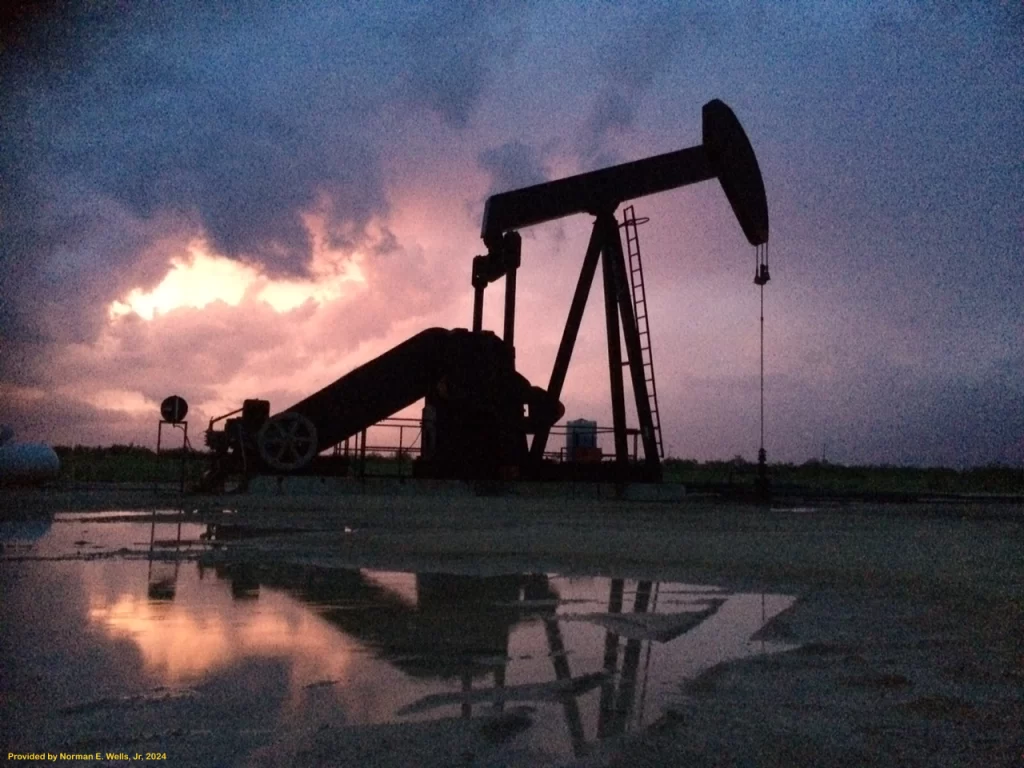
Archeological Services Provided:
- Conducting required archaeological investigations or historical reviews.
- Identifying historically significant sites or artifacts.
- Preparing and submitting necessary documentation and reports.
Regulatory Services Provided:
- Identifying and completing the required permit applications (e.g., disposal permits, drilling permits).
- Issuing public notices through certified mail, newspapers, or other required media.
- Verifying documents and attachments in the permit application process.
- Filing permits with the regulatory agency on behalf of the client (e.g., Class II, Class VI, and UIC wells).
- Responding to regulatory communications, including requests for additional data or RAD letters.
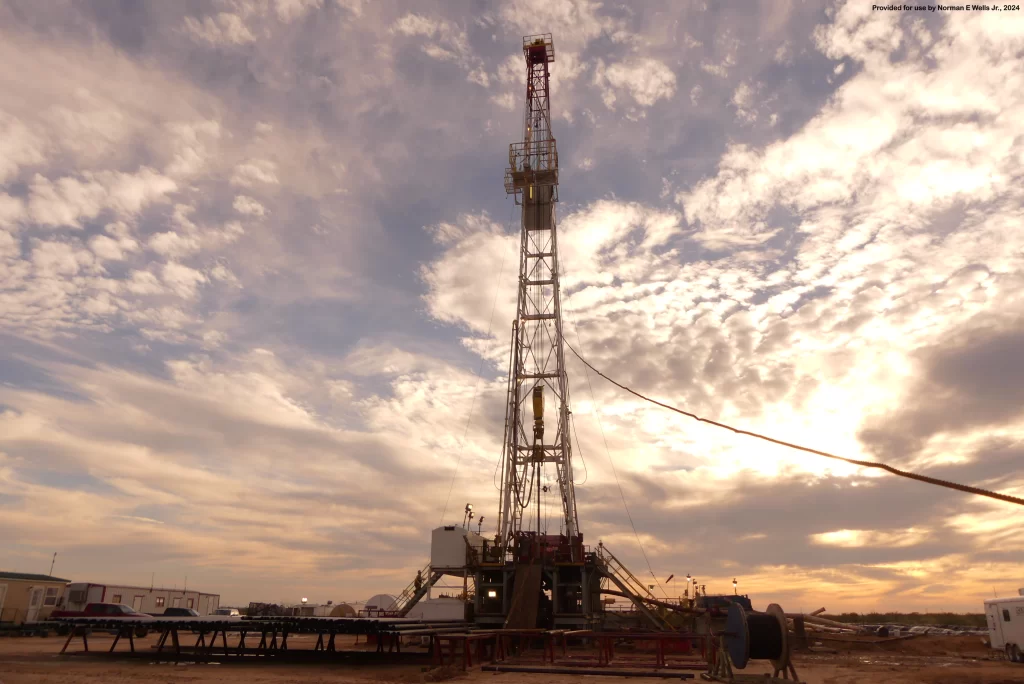
B-geO MILESTONES
Below are some examples of our achievements
In 2008, we developed the first shallow hazards report submitted under new government regulations and approved by the Minerals Management Service (MMS) as part of the operators exploration plan.
In 2015, a Shallow Hazards Assessment (SHA) was completed and approved by the Bureau of Ocean Energy Management (BOEM) utilizing a seismic depth volume
Successful execution of field investigations is critically dependent of proper planning. In 2016 we facilitated a geophysical and ROV field program for a potential subsidence study in the deepwater Gulf of Mexico.
In 2016 the riserless section of a well was successfully drilled without any affect from significant shallow hazards based on our assessment of potential drilling conditions.
We are the exclusive provider of SHA work for several clients. This is based on our diligent work effort and timeliness.
